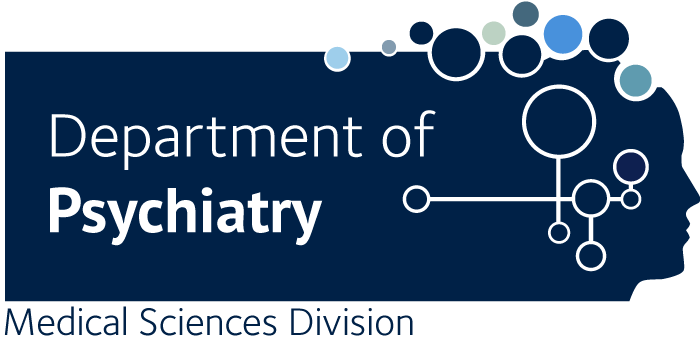Temperament, life events, and psychopathology among the offspring of bipolar parents
Duffy A., Alda M., Trinneer A., Demidenko N., Grof P., Goodyer IM.
Objectives: The present study examines the relationship between temperament, recent and remote life events, and psychopathology among the offspring of parents with bipolar disorder and well comparisons. Methods: Offspring of bipolar and well parents were clinically assessed using KSADS-PL format interviews. Lifetime psychiatric diagnoses were made on a blind consensus basis in accordance with DSM-IV criteria. Depending on offspring age, either the child or their parent on their behalf, completed a semi-structured interview quantifying the number and impact of recent life events and remote permanent losses, as well as a measure of temperament. Results: In this study, there was an association between psychopathology and the number of recent negative life events, but no association between psychopathology and the number of early losses. Emotionality was positively correlated with recent life events. However, in stepwise regression analyses, only emotionality significantly contributed to lifetime psychopathology in general and emotionality and age contributed to the risk of mood disorder in particular. Conclusions: These findings, replicate in a sample of offspring at high risk for bipolar disorder, previously reported associations between high emotionality and unipolar depression. In this population, any effect of undesirable life events would appear to be mediated through the association with emotionality. © 2006 Steinkopff Verlag.

